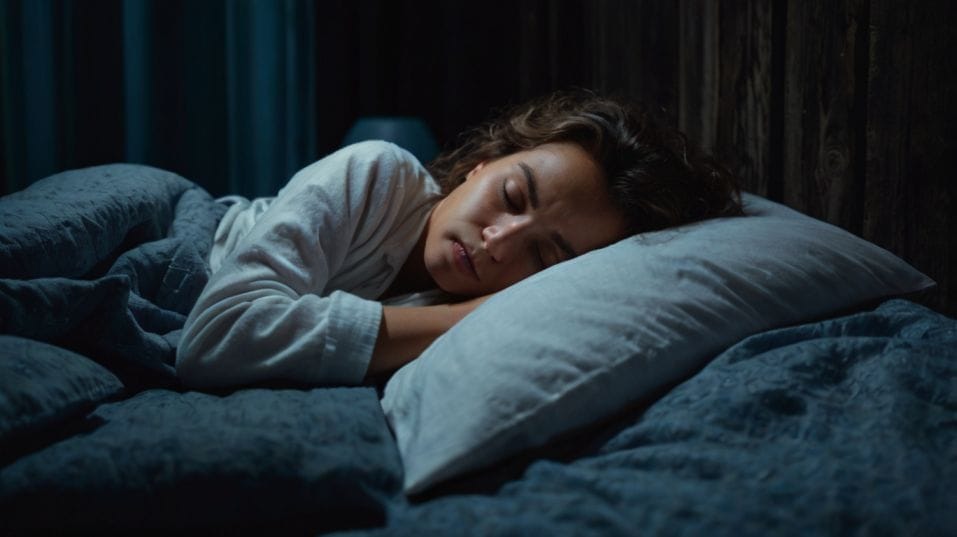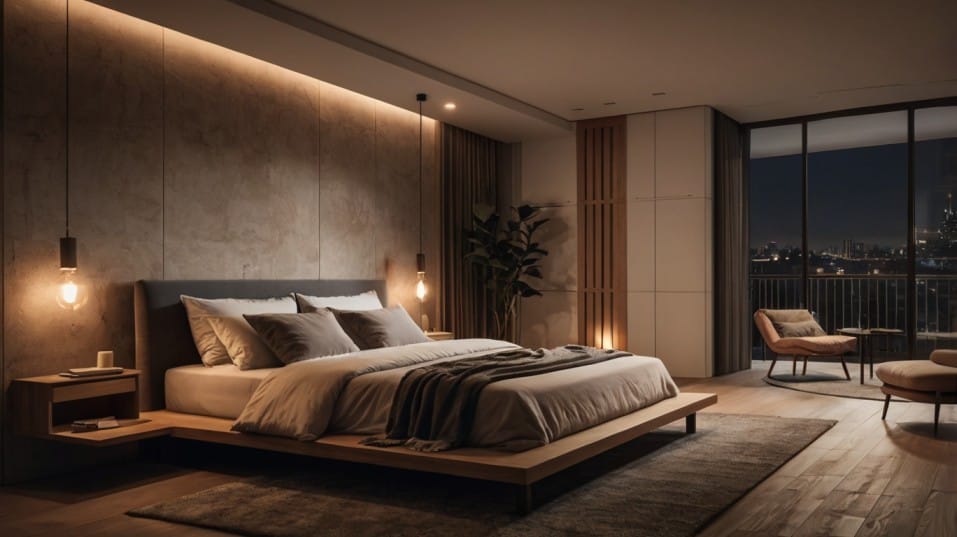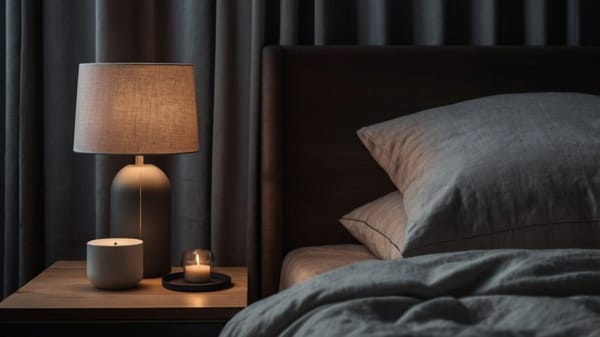Chronic Insomnia vs. Acute: Understanding the Difference
Learn the key difference between acute and chronic insomnia so you can stop guessing, start healing, and finally sleep better—consistently.

Struggling to sleep and not sure why it won’t click? Before diving into sleep hacks or supplements, ask yourself this: are you facing a short-term blip—or something deeper?
Understanding the type of insomnia you’re dealing with can be the difference between quick relief and months of frustration.
This guide breaks it down clearly so you can stop guessing, start targeting the real problem, and finally build sleep that sticks.
Acute Insomnia: Temporary, But Still Disruptive
Acute insomnia is short-lived. It usually shows up after something throws your system off: stress, a breakup, a work deadline, travel, even good things like moving or starting a new job.
You’re not broken—you’re reacting. And that reaction can mess with your sleep for a few nights or even a few weeks. But it’s not your new normal.
What’s happening here is a short-term disruption in your sleep-wake cycle, often driven by a temporary spike in cortisol (your stress hormone), increased alertness at the wrong time of day, or a sudden change in your daily habits.
Acute insomnia doesn’t mean you need long-term treatment. It means you need to stabilize the basics—fast.

What Works:
- Routine resets your rhythm. Wake up at the same time every single day, even if you’ve had a terrible night. This locks in your circadian rhythm and trains your brain to expect sleep at the right time.
- Light exposure matters. Get bright natural light within an hour of waking. It anchors your internal clock and suppresses melatonin at the right time so it can rise when evening hits.
- Don’t give insomnia power. Lying in bed wide awake for hours conditions your brain to associate your bed with stress. If you’re not sleepy after 20 minutes, get up, do something calming (non-stimulating), and only return when you’re tired.
Most acute insomnia clears on its own once the trigger fades and you stay consistent.
But if you start fearing sleep or over-correcting with late naps, caffeine overload, or erratic bedtimes, that short-term issue can morph into something more stubborn.
Chronic Insomnia: When Sleeplessness Becomes a Habit
Chronic insomnia is different. It’s not just about a bad week. It’s when your brain and body forget how to sleep well—and it lasts for at least three nights a week, over a period of three months or more.
This kind of insomnia sticks around because it becomes self-reinforcing. Maybe it started with stress, but now you dread bedtime.
You go to bed wired, toss and turn, and wake up exhausted. Eventually, sleep itself becomes a source of pressure. Your thoughts race. Your body tenses. And nothing feels restful.
Physiologically, chronic insomnia is driven by hyperarousal—a persistent state of overactivation in your brain and nervous system. You're stuck in fight-or-flight mode when you should be winding down.
The worst part? Many people try to “make up” for bad sleep in all the wrong ways. Sleeping in, skipping workouts, or popping melatonin night after night only makes the issue worse.
Here’s What Actually Works:
- Cognitive Behavioral Therapy for Insomnia (CBT-I): This is the gold standard. It targets the thoughts, behaviors, and associations that keep you from sleeping. Studies show it’s more effective than sleep meds—and without the side effects. Online programs and sleep therapists now make CBT-I accessible and beginner-friendly.
- Sleep restriction (yes, really): It sounds counterintuitive, but limiting your time in bed can reset your sleep drive. If you’re only sleeping five hours, only stay in bed for five hours at first. It builds pressure to sleep more deeply and consistently.
- Consistent wake-up time—even on weekends. This is non-negotiable. Your circadian rhythm thrives on consistency. Wake up at the same time, and your body will eventually learn to fall asleep at the right time too.
- Nix the quick fixes. Melatonin can help regulate sleep timing, but it’s not a knockout pill. Alcohol makes sleep lighter and more fragmented. Sleep meds may help in the short term but won’t solve the core problem: a dysregulated sleep system.
Chronic insomnia requires structure. But structure doesn't mean restriction—it means freedom. You free yourself from the mental ping-pong match every night. You create a routine that cues your body to relax instead of fight.
Why This Distinction Actually Matters
Treating all insomnia the same is like trying to fix a sprained ankle and a broken leg with the same bandage. If you're stuck in chronic patterns, surface-level tweaks won’t cut it.
You’ll feel frustrated, burned out, and more anxious than before. On the flip side, if you overreact to a few sleepless nights, you risk turning a temporary issue into a chronic one.
Getting the diagnosis right (even if you're self-assessing) helps you choose the right tools—and use them at the right time.
Acute insomnia is best handled with calm, consistent habits and a bit of mental distance. Don’t give it too much weight. Let your body bounce back.
Chronic insomnia needs commitment. It’s not about sleeping more—it’s about rewiring your system to want sleep again. It’s fully fixable—but only if you stop patching it and start rebuilding it.
Final Thoughts
Acute insomnia is a disruption. Chronic insomnia is a loop. Both are beatable.
The real win is when you stop treating sleep like a mystery and start treating it like a skill. Because it is. And just like strength, focus, or endurance, sleep responds to training.
Start simple. Pick a consistent wake-up time. Build a wind-down routine that tells your body it’s safe to shut down. Stop overthinking sleep—and start building the habits that make it automatic.
Don’t wait for it to get worse. Start tonight. One habit. One night. Then do it again. Sleep isn’t a luxury. It’s your upgrade. Use it.




